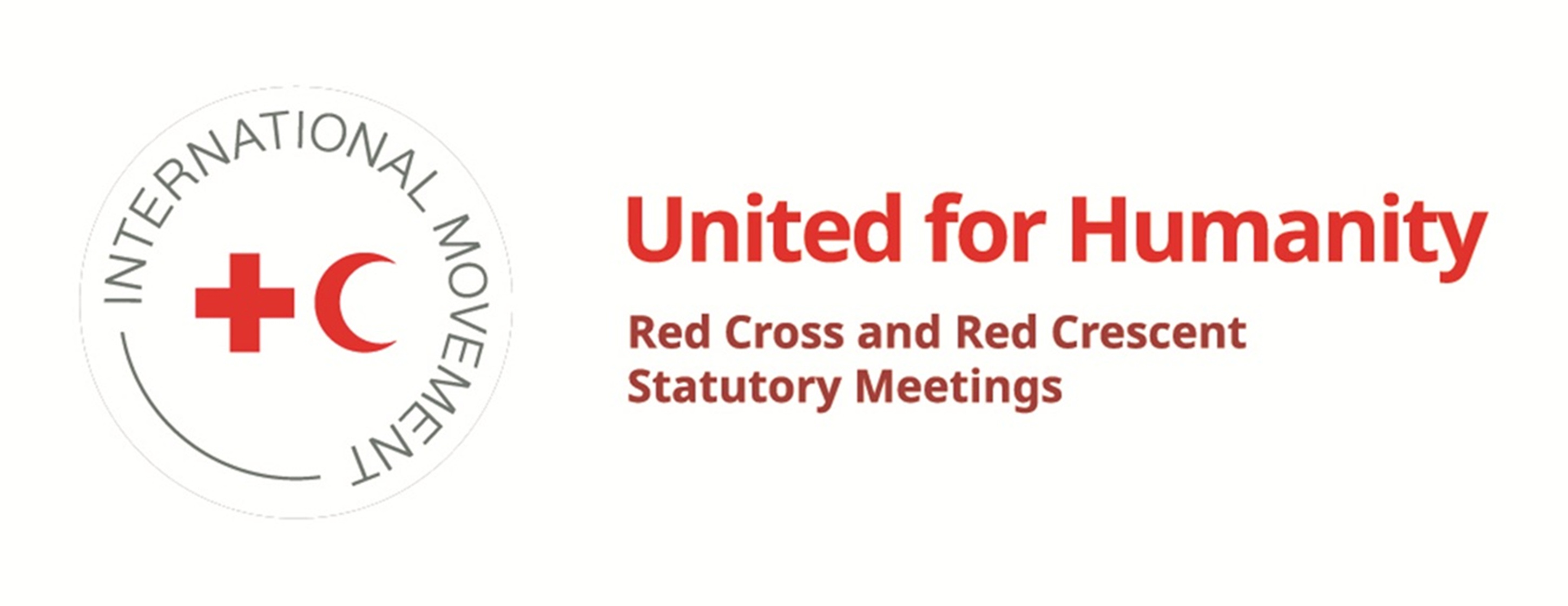A) Objectives of the pledge:
The family is universally recognized as the basic unit of society and the right to family life is acknowledged in international instruments. The Red Cross and Red Crescent Movement has a unique role, enshrined in International Humanitarian Law and guided by the fundamental principle of Humanity, in delivering Restoring family links (RFL) services to separated families.
When family separation does occur, it can have devastating consequences on individuals’ wellbeing and ability to actively contribute to society. This is especially true for people having to flee their countries due to conflict, persecution and disasters, whose loved ones have remained in insecure contexts.
Support for family reunification is an integral part of Restoring Family Links (RFL) within the Movement. It is embedded in the current RFL Strategy, to be extended until 2030 through the Resolution “Extension until 2030 of the Restoring Family Links Strategy for the International Red Cross and Red Crescent Movement 2020–2025” at the Council of Delegates in October 2024.
To reaffirm their support for separated families, the signatories to this pledge commit to pursue a comprehensive approach to family reunification combining enhanced services and information provision, as well as humanitarian diplomacy.
To this aim, the signatories to this pledge commit to undertake the following actions before the 35th International Conference of the Red Cross and Red Crescent Movement in 2028:
- Recognize and promote the right to family life and the principle of family unity.
- Provide family reunification support to separated families, depending on applicable legal frameworks and specificity of each context
- Share information, expertise, good practices and tools with relevant family reunification stakeholders, both nationally and internationally
- Engage in awareness-raising and humanitarian diplomacy with relevant stakeholders to address the multifaceted needs of separated families
- Contribute to greater operational cooperation on family reunification within the Movement
B) Action plan:
- Develop a family reunification plan of action based on identified needs and gaps in each context. This may include:
- Mapping existing services and stakeholders
- Exploring partnerships and networks at national and international level
- Deliver relevant activities, subject to capacity and funding. This may include:
- Providing information, advice and representation for families and other stakeholders
- Facilitating physical reunification
- Following up and supporting families after reunification, in coordination with the relevant authorities, institutions and organizations.
- Promote the right to family life and the principle of family unity. This may include:
- Raising awareness of the consequences of family separation, e.g. with authorities, decision-makers and the wider public
- Engaging in humanitarian diplomacy to improve family reunification procedures
- Contribute to greater operational cooperation on family reunification within the Movement. This may include:
- Engaging with other National Societies involved in family reunification to share best practices and experiences
- Establishing joint casework practices with Movement partners along the family reunification route in countries of origin, transit and destination
C) Indicators for measuring progress:
- An action plan has been developed by each signatory based on identified needs in their context.
- Signatories to this pledge have developed or maintained family reunification services, subject to capacity and funding.
- Signatories to this pledge engage in regular dialogue with internal and external family reunification stakeholders, including Movement partners.
D) Resource implications:
Subject to each signatory’s action plan



